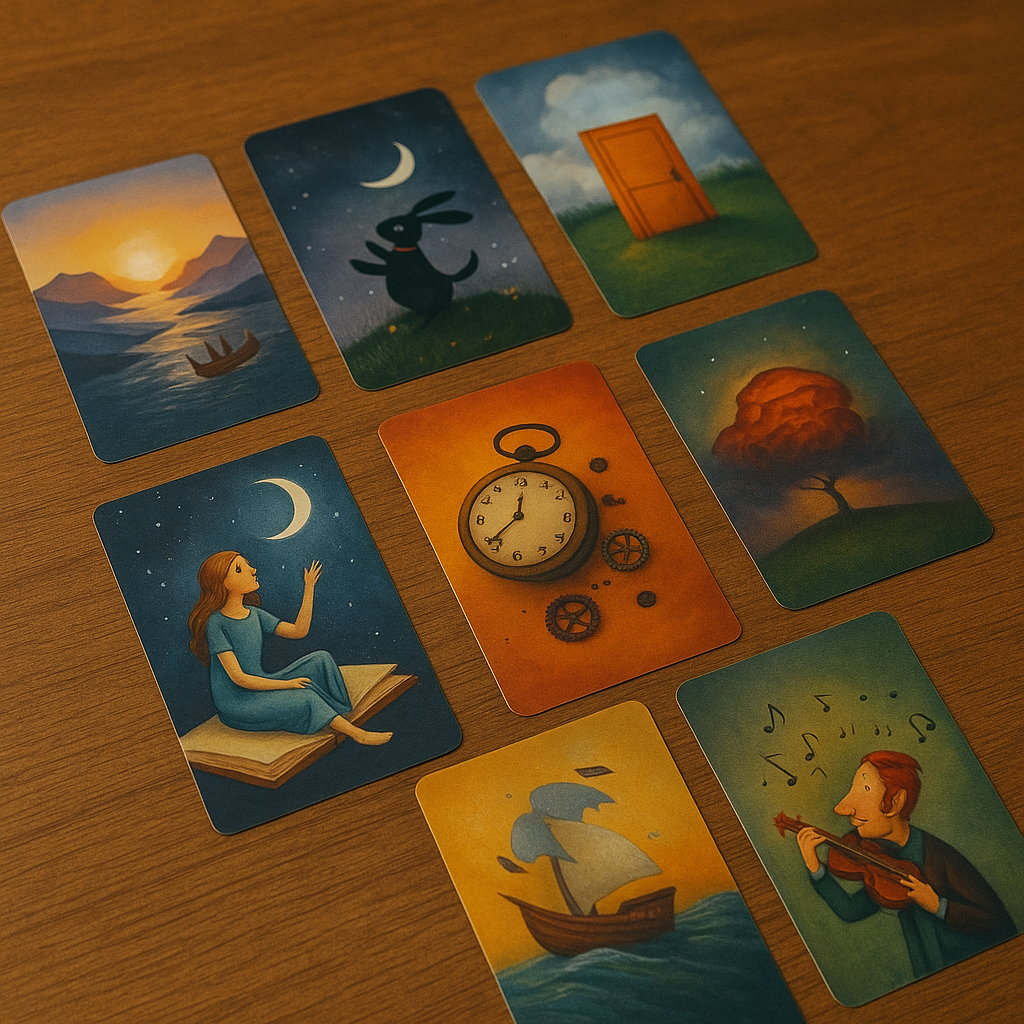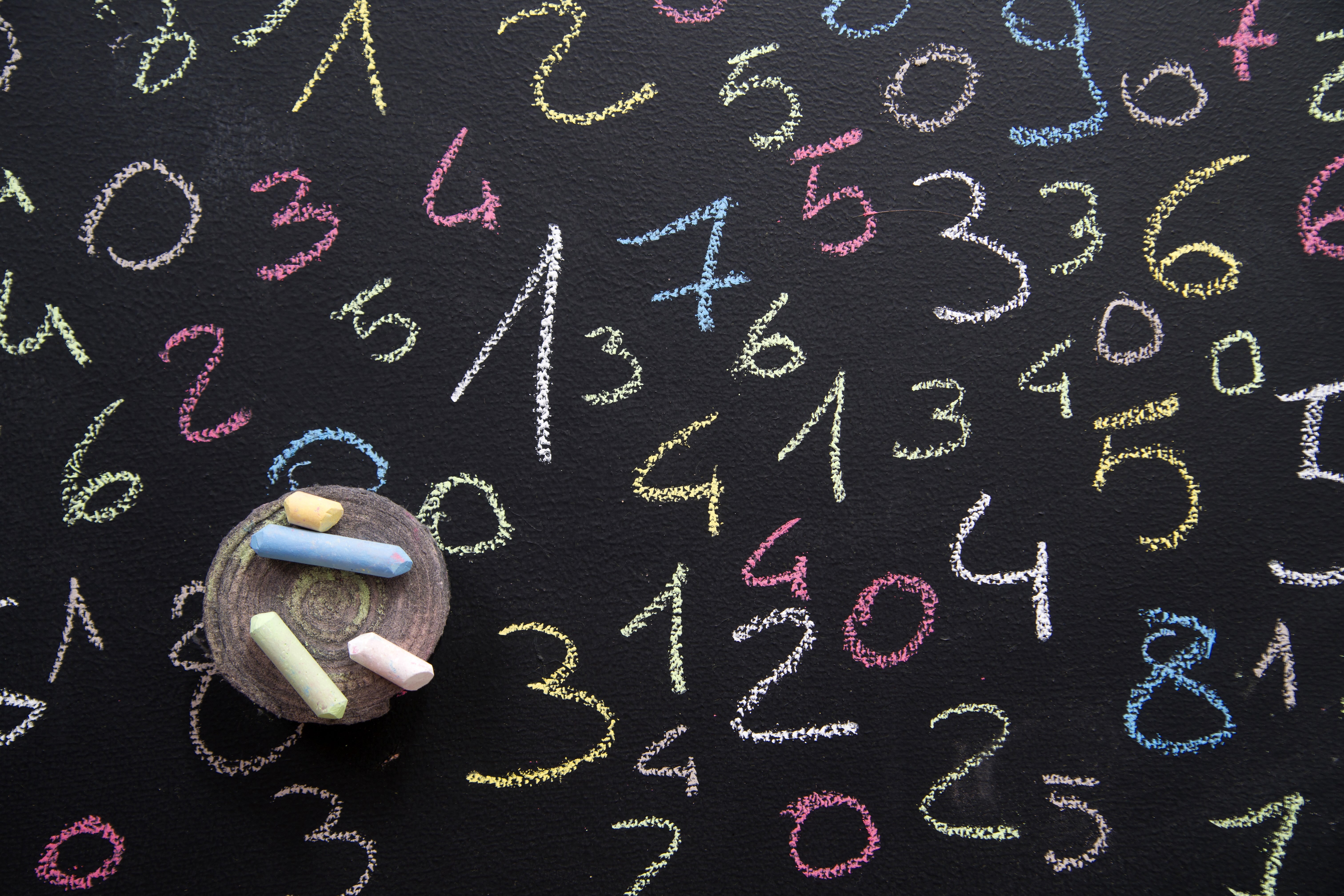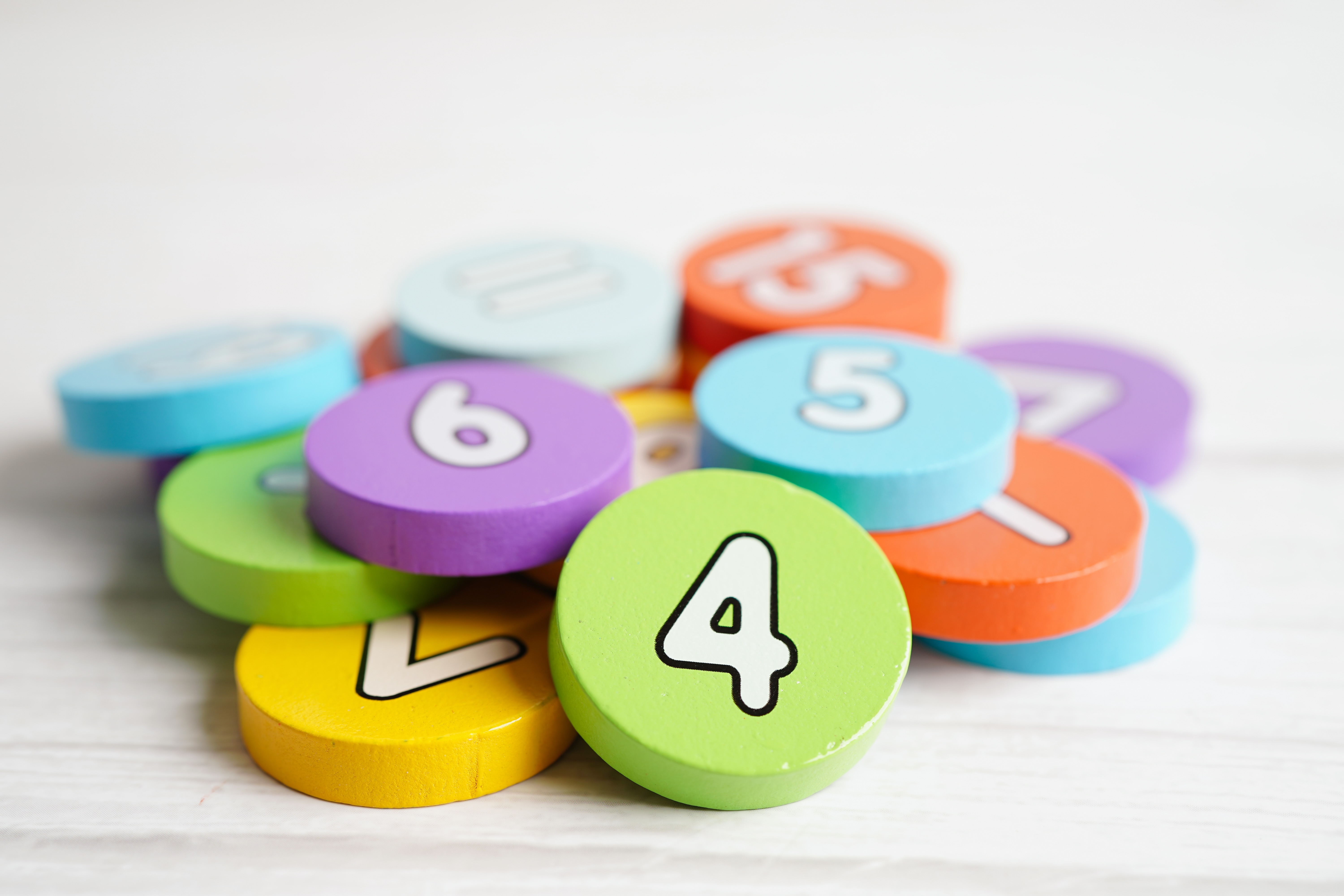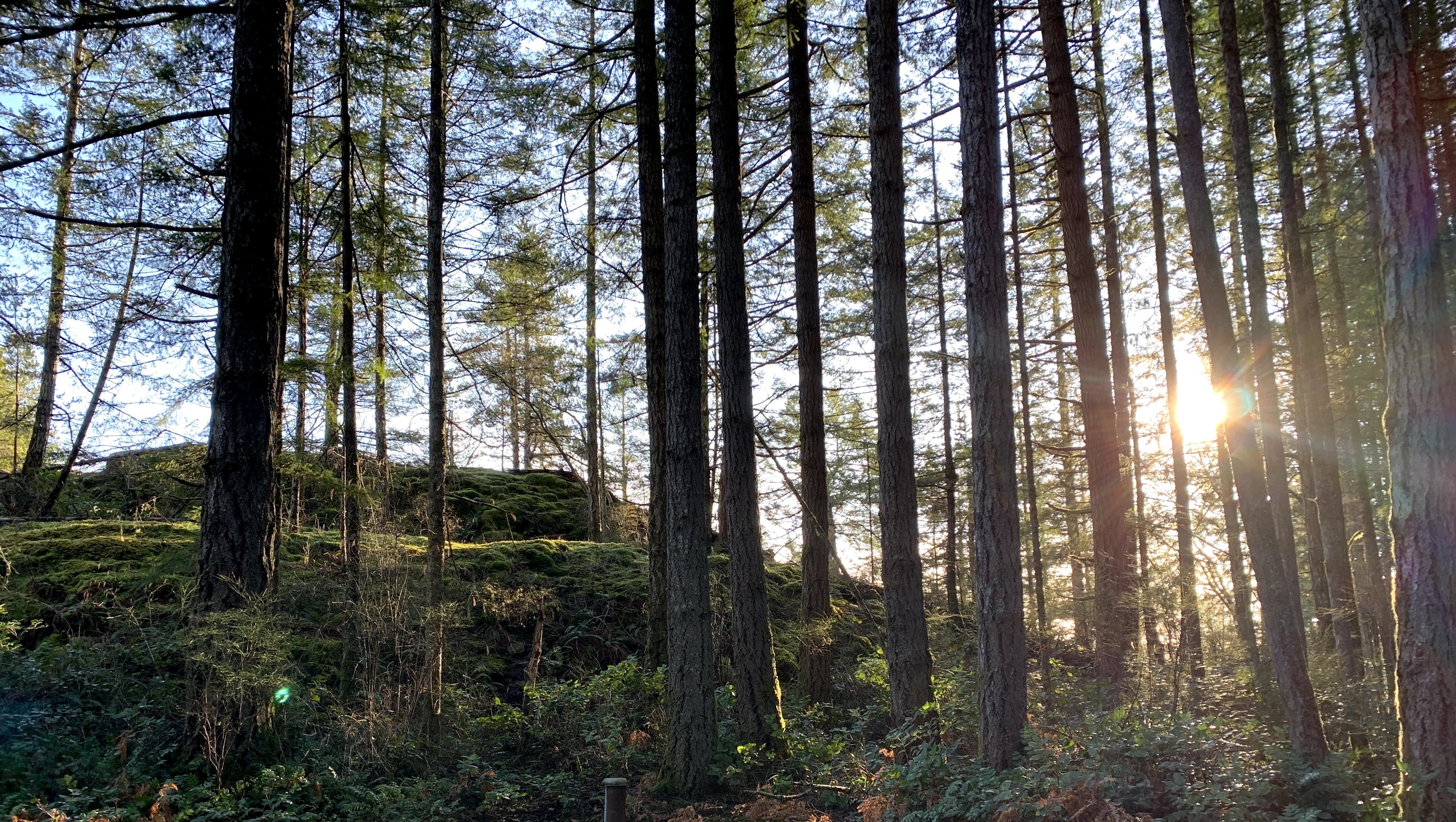

.gif)



Students will use Teachable Machine and Scratch to train an AI model to recognize specific gestures. This project fosters an understanding of AI applications, limitations, trustworthiness, and bias.


Students will explore the affects of dredging



Students will become more familiar with block coding through a guided activity using Scratch Jr.



.png)
In this activity students will use skills learned from the sicence unit of simple machines to create movable puppets andconcepts from the drama curriculum to act out a play using their new creations!



This activity primarily focuses on chemical reactions, as it explores acid/base and decomposition reactions through creating a take-home bath bomb!




A two part activity designed to increase awareness around potential bias in artificial intelligence and develop empathy through considering diverse perspectives.



This activity uses Scratch to familiarize students with the basics behind block programming and core coding concepts such as variables, if/else statements, and loops.



Students get an introduction to breadboarding & then design and create lanterns!

.png)

In groups, students will use the engineering design process and their knowledge of forces to build the best ramp for a car.


.png)
Students will explore the engineering design process and a variety of simple machines through a hands on building activity.




Students will learn how to create a ‘choose your own adventure’ story using presentation slides




Students will explore the environmental issue of plastic pollution in oceans and apply the engineering design process to create a prototype for a device that helps remove plastic waste from water. Thi



This activity uses makecode to familiarize students with the basics behind block programming and core coding concepts such as variables, if/else statements, and loops.



Design and create a scratch program that demonstrates one of Netwon's three laws.


This activity uses makecode to familiarize students with the basics behind block programming and core coding concepts such as variables, if/else statements, and loops.


Students will begin to familiarize themselves with key aspects of their community and build a connection through creating maps. They will also empathize with peers to understand that people build conn



Create a simple coding program to make a game to move an object through a maze without touching the side walls.



An activity involving the use of artificial intelligence to assist in the creative process of storytelling




Students will engage in a creative warm-up activity using Dixit cards to practice storytelling, imagination, and communication skills.


.png)


Students work together on a hypothetical problem where they must design and prototype a device for handling a frog that produces a dangerous toxin.



Students will learn about earthquakes and seismograph technology. From there, students will be put in pairs to create their own seismograph with craft material.



Students will learn about biomedical engineering and the importance of empathy in engineering by designing and creating splints. This project will incorporate hands-on activities that engage students


.png)
Alone or in pairs, build an instrument that can produce different pitches.

.png)



Students work together to design an experiment and build a piece of equipment required to complete the experiment.


.png)

Students will engage in a fun team competition to solve estimation problems that will support student number sense and mental math skills in everyday life.


.png)
.png)
.png)
Students will learn about the history of fishing weirs and how they were used by First Peoples in coastal communities. They will then use the engineering design cycle to design their own small prototy



Students will be introduced to basic game design concepts and develop their own plan for a video game.


.png)
Students will learn the different species that are native to your area as well as ones that people used to forage to eat in the area. Learn about your hardiness zone, the predators of certain foods an




Students will learn about algorithms and how they can be used to generate visual art in Scratch

.png)

Students work independently to follow instructions to build specific triangles. They then come together as a team to turn their triangles into a geodesic dome.


Students get to discover how tiny microscopic plants can remove nutrients from polluted water. They will then engineer a system to remove pollutants faster by changing the environment for the algae.



A set of 3 short activities which take you through the topics of misinformation, mental health, data collection, and how these relate to our social media use.

.png)

This lesson plan goes through multiple small activities and games that show the difference between herbivores, carnivores and omnivores. Students will discuss the interconnectedness between the animal

.png)

Students will design & build a hydroelectric dam that powers a city. (The “city" will simply be a breadboard with as many LED lights as the hydroelectric dam can power.

.png)

In groups, students will use the engineering design process and their knowledge of energy to build an insulator to keep an ice cube cold for as long as possible.


Students will create their own navigation system using micro:bits to code a compass. This activity explores "Trail Trees", an Indigenous way of navigation.



Can a piece of paper be intelligent?

.png)

Learn about invasive species, how they are introduced, how they spread, what can be done to combat them and then play some fun learning games.

.png)

Students will be using materials they find in the natural environment to invent and build a prototype of something that can be used to solve a real-world problem using the engineering design process.



Students will explore through inquiry by designing their own experimentations, the densities of various liquids available at home as well as the factors which affect the density of substances.


.png)
tudents work together to build a bridge that faces continuous challenges “over the years”. They must use resilience and other skills to work past the multiple challenges and adapt their prototypes.

.png)

Students explore the plant and animal species where they live and design their own field guide to teach others about the species in this habitat.

.png)
.png)
Explore their communities more in depth and build connections between people, place, environment, culture and government through art, technology, writing and hands-on learning.
.jpg)


Students will use blank playing cards to create their own game.




Students will learn how to create music using the online block-code editor Scratch. They will learn music creation, as well as computational thinking skills such as sequences and pattern recognition.


.png)
To learn the impact plastic has on the environment and ecosystems and to begin to build engagement, interest and curiosity.


.png)
Working in pairs or groups, students will use materials at hand to design a "spacecraft" for an alien to safely land on mars!


.png)

Students will engage in a variety of fun math games and puzzles either individually or in groups to practice creative and critical thinking skills in math.

.png)

.png)
This lesson plan provides students with a hands-on experience of gathering local, traditional medicines of the Sto:lo people in a respectful way.


This activity introduces young students to computers and programming. A simple and intuitive web app is used for students to learn how computers understand and execute instructions.



Students work together to design and create protein models that could replace defective proteins in someone’s body.

.png)

Students learn about Newton's 3 laws and build a mousetrap powered car which they can then race for a chance of victory and glory!



Students will explore through Inquiry by designing their own experimentation, the most effective natural indicators in varying pH using various household substances.


Students will learn how to give specific, clear instructions like they would to a computer by going through a drawing activity.


.png)
In pairs or groups, create a chair newspaper chair that supports one person and uses the least amount of materials.

.png)

In pairs or groups, create a shoe that meets the needs of a potential client and keeps sustainability in mind.


Students run through the engineering design cycle to construct an airplane that can fly the furthest and is made out of materials other than paper.
.jpg)

.png)
Students will explore the empathy aspect of the applied design steps. They will come up with possible solutions to help eliminate barriers for a fellow student in a wheelchair.


Working in pairs or groups, students will create their own substitution ciphers and exchange encrypted messages!


Students will use the language of computers and learn how it differs from everyday conversational language. Focuses on the importance of specific instructions & how this relates to algorithm design.

.png)
.png)

Students will work in teams to complete a math mission/activity in a local park or natural area.


.png)


Students will use the engineering design process and their knowledge of physics to construct an aesthetically pleasing sculpture that satisfies the building requirements.


Zoom into the computer screen & learn all about pixels! Students combine art and computer science to let their creativity and visualization skills fly. This activity can be done plugged (on computers)

.png)

To learn the impact plastic has on the environment and ecosystems and to begin to build engagement, interest and curiosity.

.png)

Create a boat that floats on water and uses stored elastic potential energy to propel the boat forward. Do this as a step-by-step activity with your students, or a design challenge!


.png)
The goal with the activity is to design and build a prosthetic limb that is comfortable and fully supportive for its user.


.png)
Students will use the engineering design process and their knowledge of push & pull forces to build a device to either push a cup and / or pull a cup without touching it with their hands!


.png)
Students explore sustainability through making earthquake-proof buildings!



Students will explore the practical applications of scientific theories such as Atomic Theory as well as the Kinetic Molecular Theory through an activity that follows scientific methods.




Use artificial intelligence to recognize types of waste and help sort recycling.

.png)

In pairs or groups, build a roller coaster that weighs as little as possible and allows a marble to travel on it for the longest time possible.



Students will become more familiar with block coding through a guided activity using Scratch Jr.

.png)
.png)
.png)
This lesson plan introduces students to the salmon life cycle and different vocabulary associated with it. Students will incorporate math and graphing and research into learning more about salmon.


Students will explore the tenets of Nature of Science as well as environmental sustainability by making eco-friendly and budget friendly homemade shampoos of their choice.



By integrating art and science through various STEAM activities students will explore about various concepts such as rain formation, importance of chlorophyll molecule, chromatography as a separation


.png)
In this introduction to electronics and robotics, students will be exploring electrical and computer engineering, with a focus on designing circuits using microcontrollers.

.png)
.png)


Students work together to design and prototype a seed dispersal mechanism for a human to wear when walking.


.png)

Use knowledge of sound to create a sound proof home.


.png)
Students work together to build the tallest tower out of spaghetti noodles to support the weight of 1 marshmallow.




Students will use scratch to create a short story about their favorite superhero (or any other character). This activity is an excellent way to introduce scratch to your classroom for the first time.



In this activity, students will apply computational thinking ideas (conditional statements) to a web-based platform to create an adventure story!



Use computational thinking skills to create an algorithm to guide someone through a maze.


.png)

They will work in groups and utilize the Engineering Design Process to develop a sustainable solution to the issue of floods here in BC.




Students come to understand the basics of engineering associated with the use, selection and properties of fabrics. They will learn about the life cycle of products and get to create a new piece!


.png)
Use drafting programs to plan out a sustainable city design.





Students will design a short interactive game in Scratch using visual storytelling to explain a topic of their choice.



Students will design and make a basic maze game where the goal is to reach the end of the maze before the countdown ends.

.png)

After learning about different toy inventors, students will use the engineering design process to invent their own toy



.png)
Students will draw and design a new sustainability focused transportation system map for their respective communities.

.png)
.png)
.png)

How we know when a maple tree is mature enough for tapping to collect sweet water. We will observe a trees matureness, such as circumference and texture of bark, and First Peoples ways of knowing.


.png)
Students will be using their knowledge of simple machines or energy transformation to design a new vehicle for INTERPOL and the RCMP!


.png)


Use the Applied Design Cycle and Art skills to engineer a new way of using a plastic bag. Begin by demonstrating an art activity where students use plastic bags to weave mats.


.png)
Students will explore issues in the world relating to water and design their own water filtration system



Groups of students will each learn about a different home that was built by the First People’s of their region in the past, and then will build a replica and teach the rest of the class what they lear